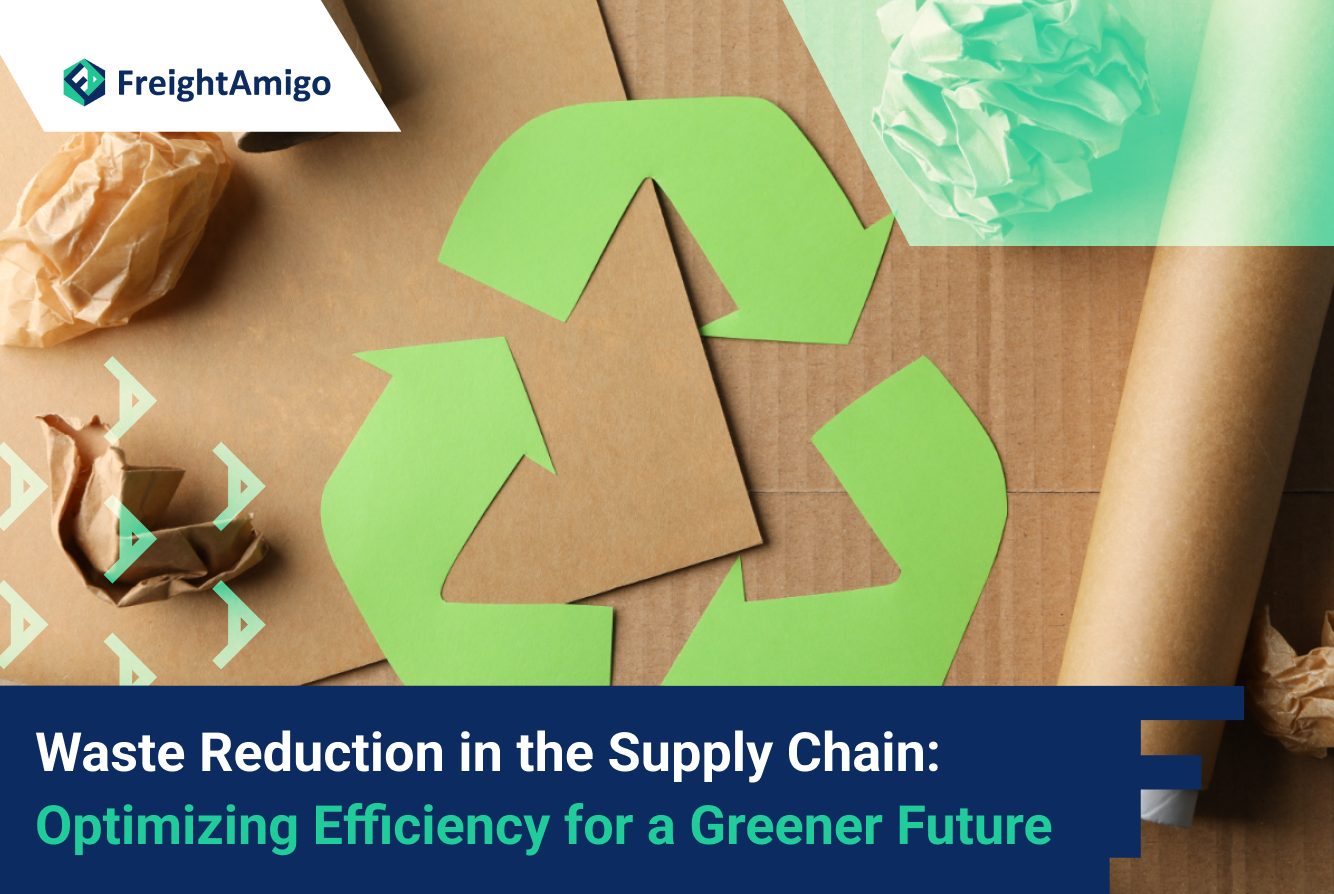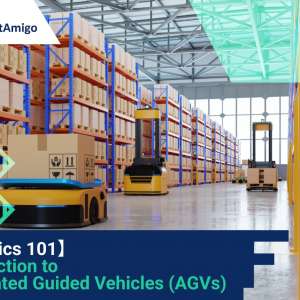In today’s fast-paced business world, optimizing supply chain processes is crucial for companies to stay competitive. One aspect that often goes overlooked is waste reduction. Waste in the supply chain not only leads to unnecessary costs but also has a detrimental impact on the environment. By implementing effective waste reduction strategies, companies can optimize their supply chain, reduce costs, and contribute to a greener future.
Author Name:Tiffany Lee – Marketing Analyst at FreightAmigo
Want to compare the best Express, Air Freight, Sea Freight, Rail Freight & Trucking rates so as to have better control on cost?
How to reduce waste and optimize your supply chain
Analyzing Product Design for Waste Reduction
Examining and re-evaluating product design is a crucial step in reducing waste and optimizing production. By identifying areas where raw material use can be reduced or expensive materials can be replaced with cheaper alternatives, companies can achieve significant savings. Even small cost reductions in materials can result in substantial overall savings.
Additionally, evaluating product packaging options can help minimize waste. By exploring alternatives that utilize cheaper materials, companies can reduce costs while maintaining product integrity.
Managing Resources to Minimize Waste
Examining each production process is essential to identify and address waste-generating areas. Redesigning processes that generate non-recyclable or non-reusable waste is crucial. Even recyclable waste should be assessed, taking into account the cost of recycling. While implementing process changes may initially incur costs, the long-term savings from waste reduction, handling, disposal, and recycling outweigh the initial investment.
Selecting the Right Waste Management Equipment
Efficient waste management equipment can significantly save time, money, and hassle. Advancements in waste management technology offer a range of solutions to effectively manage and handle waste. For example, trash compactors provide a simple yet effective solution to improve waste management efficiency. Understanding the type and quantity of waste generated in the supply chain is essential when selecting the appropriate waste management equipment.
Improving Production Quality for Waste Reduction
Quality control is often focused on finished products, but minimizing raw material wastage should also be a priority. By optimizing manufacturing processes to reduce waste, companies can increase the number of goods that pass quality inspections. This two-fold advantage not only reduces waste but also enhances product quality and customer satisfaction.
Harnessing Employee Feedback for Waste Reduction
Employees involved in production processes are invaluable sources of insight into waste generation and the challenges associated with waste management. Creating focus groups or implementing feedback mechanisms empowers employees to contribute ideas and suggestions for waste reduction and optimization. This collaborative approach often yields effective results and fosters a culture of continuous improvement.
Embracing Green and Low-Carbon Logistics for Waste Reduction
The global shift toward sustainability has led to the emergence of green supply chains. FreightAmigo’s Amigo Green are actively pursuing green and low-carbon logistics to reduce waste in the supply chain. By adopting environmentally friendly practices, such as using electric vehicles and optimizing delivery routes, it can significantly minimize waste and carbon emissions.
Leveraging Technology for Waste Reduction
Technological advancements play a vital role in waste reduction and supply chain optimization. Implementing digital solutions like inventory management systems and real-time tracking software enables companies to identify inefficiencies and reduce waste. Additionally, data analytics can provide valuable insights into waste generation patterns, enabling proactive waste reduction strategies.
Collaborating with Suppliers for Waste Reduction
Building strong partnerships with suppliers is key to achieving waste reduction goals. By collaborating with suppliers, companies can explore opportunities for joint waste reduction initiatives. This collaborative approach fosters innovation, knowledge sharing, and the development of sustainable practices throughout the supply chain.
Monitoring and Continuous Improvement
Monitoring waste reduction efforts is crucial to ensure ongoing success. Implementing key performance indicators (KPIs) allows companies to track progress and identify areas for improvement. Regular audits and reviews of waste reduction strategies help maintain focus and drive continuous improvement.
In conclusion
Waste reduction in the supply chain is not only an ethical responsibility but also a strategic imperative for businesses aiming to thrive in a sustainable future. By implementing the strategies outlined above, companies can minimize waste, optimize efficiency, and contribute to a greener world. Embracing waste reduction practices fosters innovation, enhances operational effectiveness, and strengthens relationships with stakeholders throughout the supply chain. Let us seize this opportunity to prioritize waste reduction, empower employees, leverage technology, collaborate with suppliers, and continuously improve our processes. Together, we can create a more sustainable and prosperous future where waste is minimized, resources are preserved, and the environment is protected for generations to come.
There are different options for cargo transportation. If you want to choose the most convenient and suitable solution, it is best to have the full support of logistics experts! If you are planning to ship goods overseas, please go to the FreightAmigo page for inquiries.
===
If you have any inquiries on logistics/supply chain, feel free to contact FreightAmigo now:
Chat with us online OR
Phone : +852 28121686
WhatsApp: +852 27467829









































